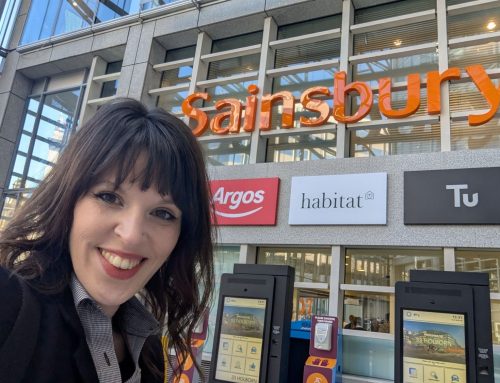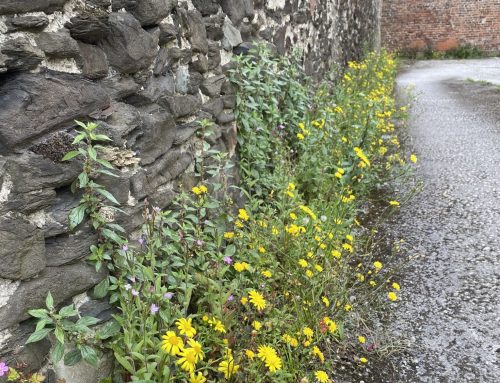by Emma Pavans de Ceccatty, Campaigner, PAN UK
Many councils still rely on pesticides, including weedkillers, to keep our pavements, parks, playgrounds, housing estates and many other urban spaces ‘clean and tidy’ and free of ‘weeds’. Yet over 80 councils across the UK have either entirely stopped using these chemicals, or put measures in place to significantly reduce their use.
PAN UK has worked with many of these councils. Whilst the vast majority have successfully developed a chemical-free weed management strategy, some councils have trialled alternatives but found them lacking. A handful of councils have even made the decision to reverse their ban and resort, once more, to using chemical weedkillers.
In August 2021, North Lanarkshire Council, after introducing a ban on glyphosate-based herbicides in April, decided to reverse their decision stating that green spaces were unmanageably overgrown. In February 2022, the Isle of Wight made the disappointing decision to reallow the use of glyphosate on highways claiming that they were receiving a large number of complaints from the public due to the increase in weeds. Brighton & Hove Council experienced similar negative feedback last year.
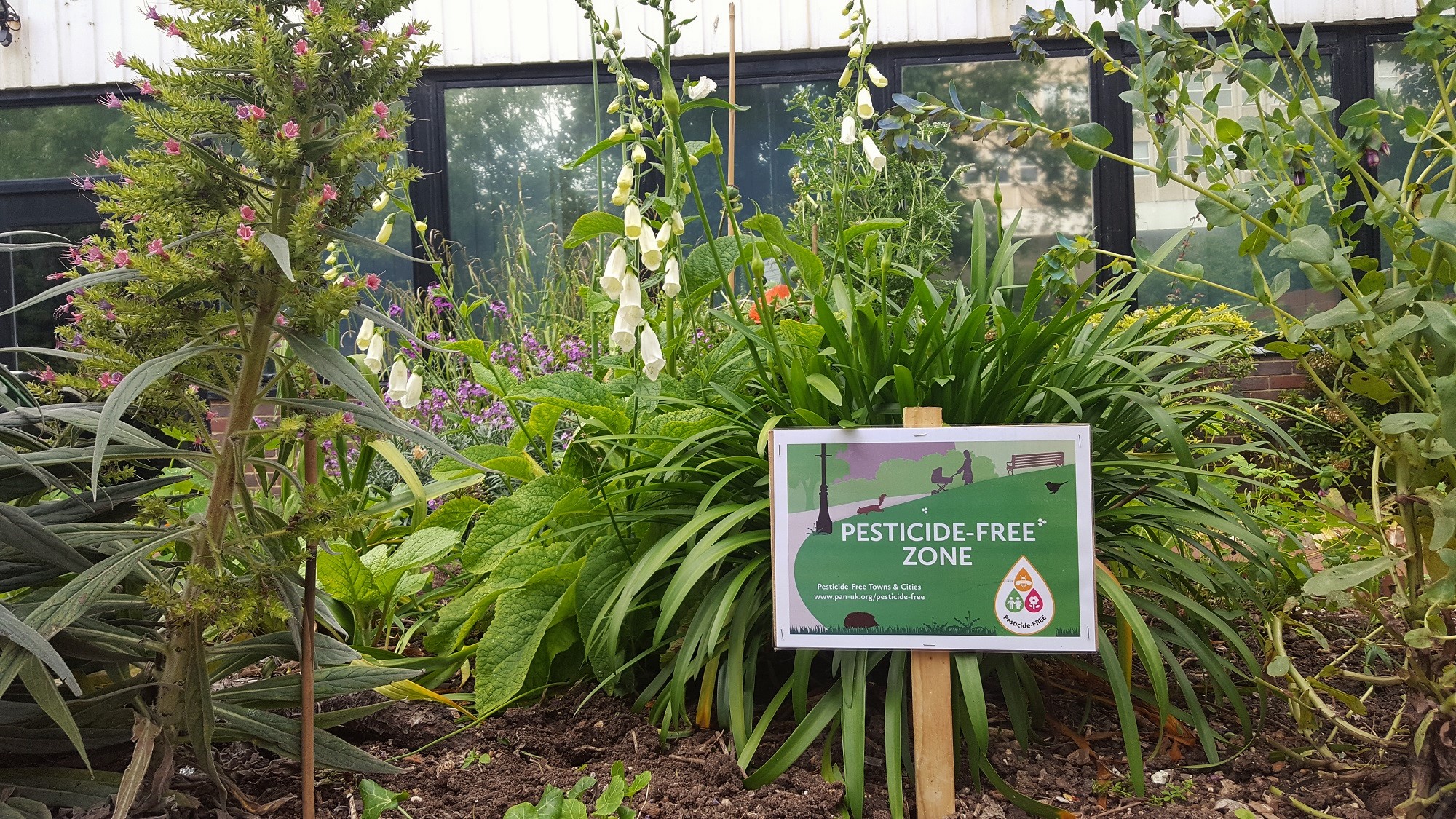
Establishing a pesticide ban that endures
There are two issues to highlight in order to address what can go wrong and to help mitigate the risk of this happening to other councils. Firstly, the need for effective planning, and secondly, a greater acceptance of weeds by residents.
1. Effective planning over time
The expectation to simply replace pesticides with another like-for-like solution, from one day to the next, often results in failure. Our advice to Councils is to start by establishing a clear pesticide policy, or framework, in which to run trials over a few seasons, testing alternatives in different spaces in order to find the solutions that will be most effective and efficient. Our three-year phase-out plan helps councils create their own adapted weed management plan. There is no silver bullet when replacing pesticides but, through trial and error, over time councils can develop a patchwork of solutions which respond to their dynamic, varied spaces.
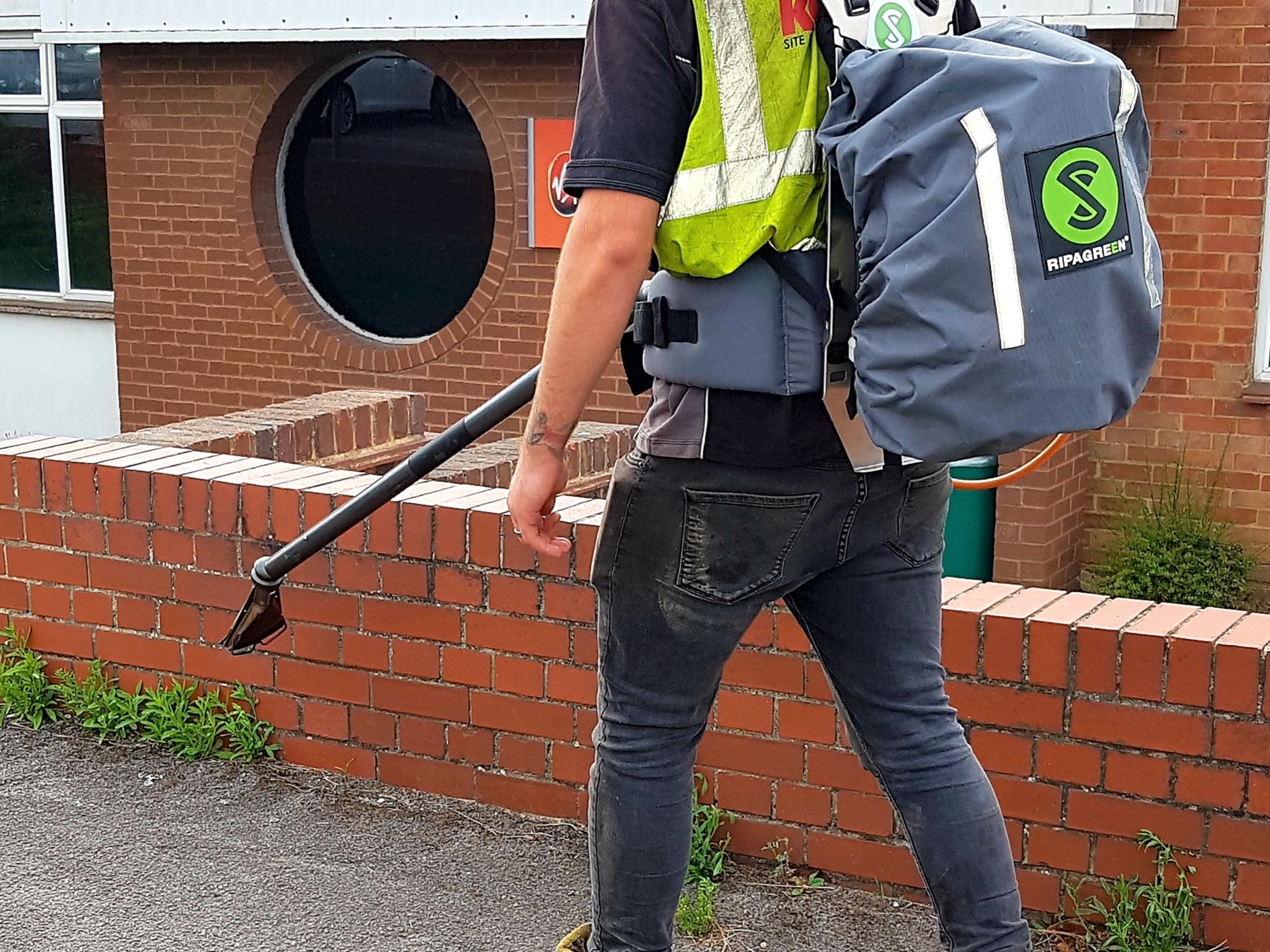
Ripagreen Thermal Heat Lance by Kersten UK
There is a lot to think about when trialling pesticide alternatives and contractor Kersten UK have written a very useful and interesting guide to help get councils thinking along the right lines. There are many alternatives available that will be most suited to different needs – our Guide to Alternatives to Herbicides clearly lays out chemical-free options, outlines case studies and provides cost breakdowns. By planning ahead, testing alternatives and giving themselves ample time, councils can make the most sustainable choices ensuring a pesticide ban stays in place.
2. Embracing wilder cities
Going pesticide-free should result in their being more ‘weeds’ around our towns and cities. The point of a ban is not to just replace pesticides but to also move away from the old-fashioned ‘neat and tidy’ mentality, accepting greater biodiversity in our cities. While some spaces will still need to be managed to remove all plant materials for safety issues, many other areas might be more gently managed, with some even left as wild spaces.
In order for this change in mindsets to take hold, councils need to engage residents and bring them on board from the beginning. Communication and the strengthening of local networks are crucial to the success of going pesticide-free and avoiding complaints.
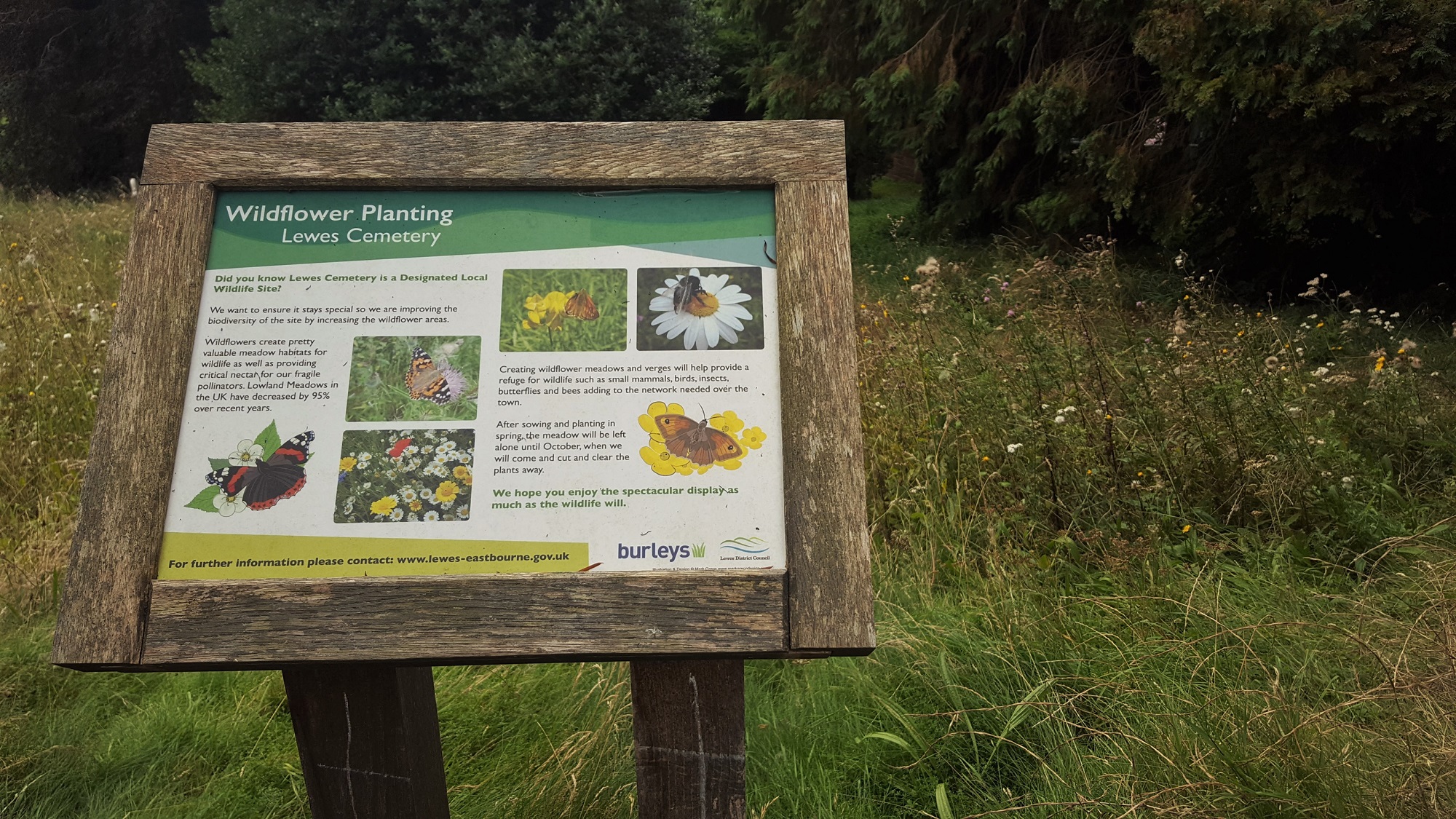
An information board in a pesticide-free Lewes Cemetery by Lewes District Council contractor Burleys. Credit PAN UK.
Communicating with residents
By proactively sharing their new weed management plans, explaining why certain areas will look different and describing the positive effects of these changes, councils are more likely to secure the support of local residents. It is an opportunity to demonstrate the ways in which they are helping biodiversity recover. PAN UK suggests putting up signs in relevant locations, sharing the news online and on local media, and even organizing workshops and nature walks. Councils can also consider running a few citizen science projects (for example, asking local residents to photograph and share pavement plants or urban wildlife), or partnering with local green groups and organisations to deliver activities. Residents, in turn, can celebrate their local biodiversity on social media or by writing to the council, lending their support to the pesticide ban.
Strengthening local networks

The Pesticide-Free Balerno group regularly enlist local residents to help weed pavements in the area. The local council no longer uses pesticides in the area. Credit Pesticide-Free Balerno.
There is an opportunity for councils to involve residents in caring for their own streets and green spaces. Some councils are already working closely with green groups to strengthen and make the most of existing networks to take on management of certain parks, community gardens or streets. Ultimately, these public contributions can form an instrumental part of a council’s weed management plan.
Residents can also help by maintaining pressure on councils to keep their promises. Midlothian Council attempted to reverse its pesticide ban after just one season, but thanks to the dedicated efforts of local residents, they managed to overturn the decision by ‘adopting their streets’. By getting involved, residents have lessened the number of spaces the council has to manage, and proved that there is a strong desire for streets to be managed without chemicals.
Through a clear pesticide policy which includes a progressive and sustainable phase-out, and a thoughtful public engagement plan which encourages a shift in mentalities and greater appreciation for biodiversity, councils can pass popular pesticide bans and help create green and diverse cities for people and nature to thrive.

